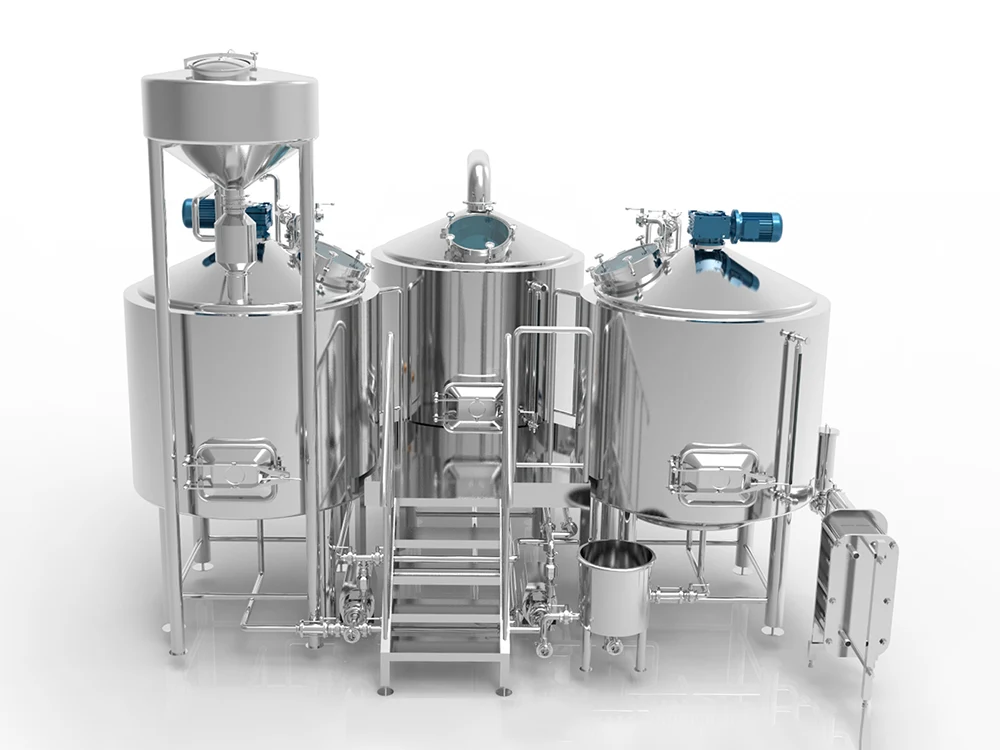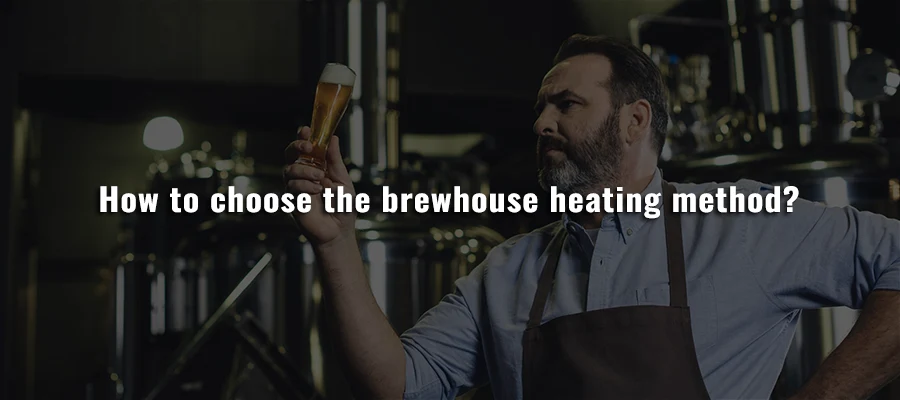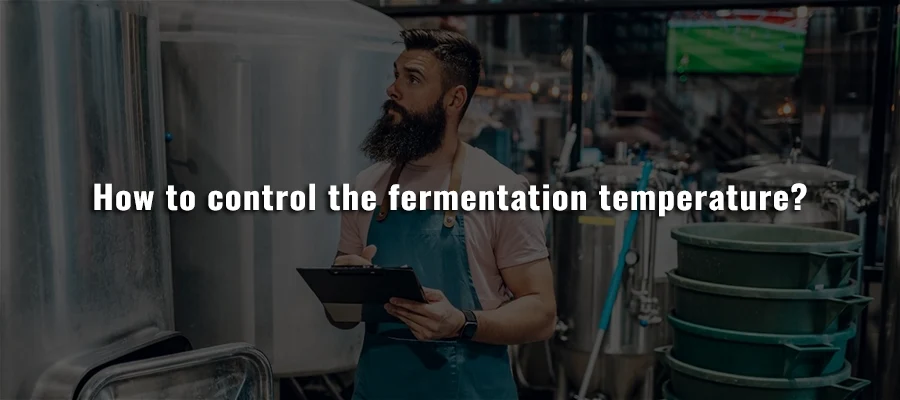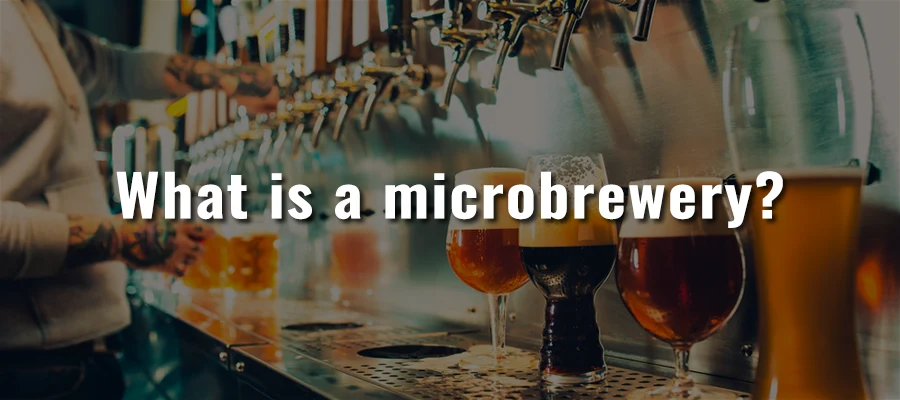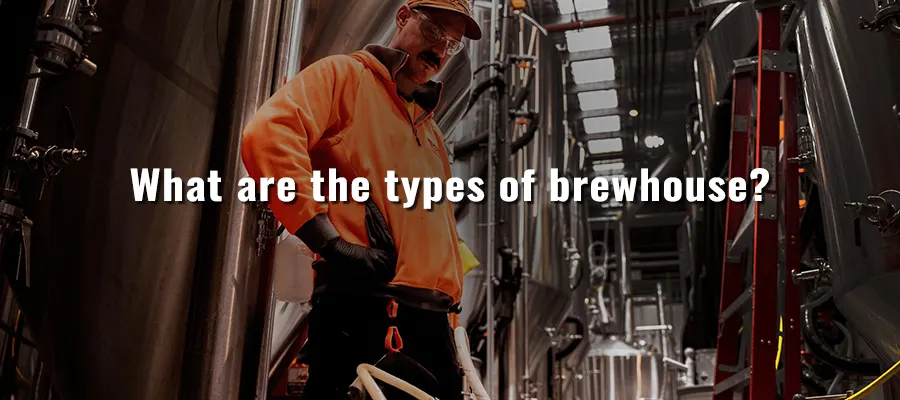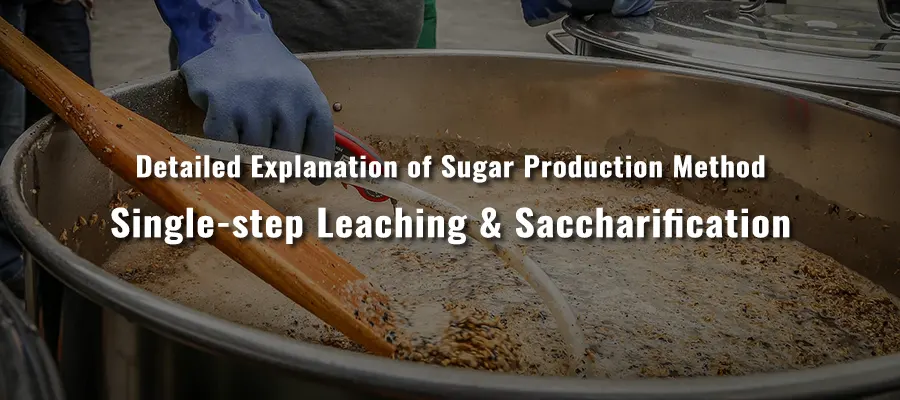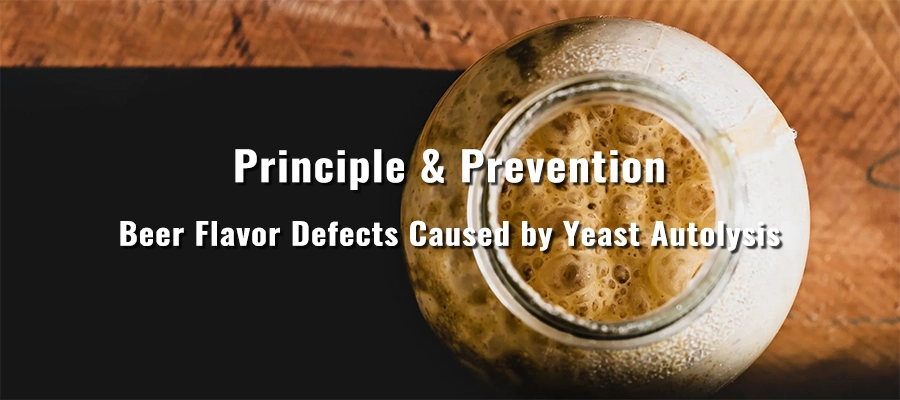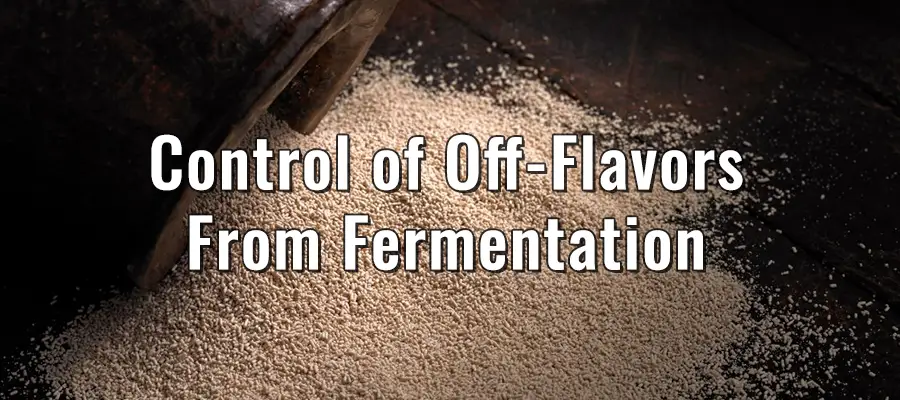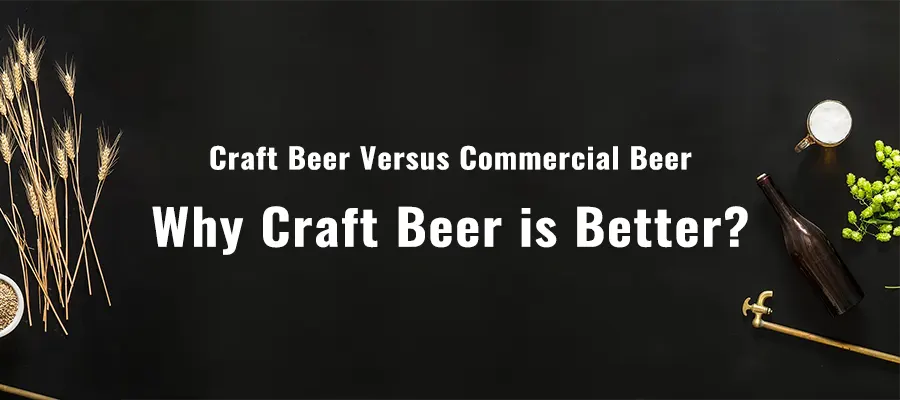Different brewery scales use different heating methods. If your brewery is 5HL (4.25BBL) or below, in most cases, electric is your best choice. This is because breweries of this scale are generally located in residential areas. If you open a brewery in a residential area, then the only thing you need to be concern about is the steam from the electric kettle, because no steam boiler or open flame is involved.
Système de brasserie en petits lots (1 HL - 10 HL)
Plus gros n'est pas toujours meilleur. Small Batch System peut brasser n'importe quel style/type de bière que vous voulez.
Système de micro-brasserie artisanale (10 HL - 30 HL)
Parce que les brasseries artisanales sont petites, elles ont plus de place pour innover que les brasseries commerciales.
Système de brasserie commerciale (30 HL - 100 HL)
La valeur pour nous n'est pas seulement que vous avez la capacité d'ingénierie, mais aussi les connaissances de brassage derrière cela…


